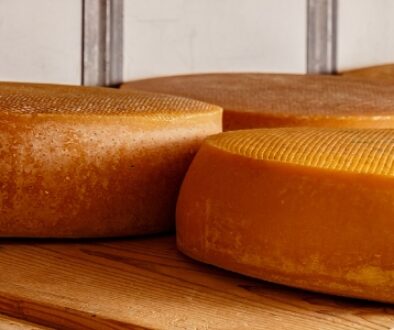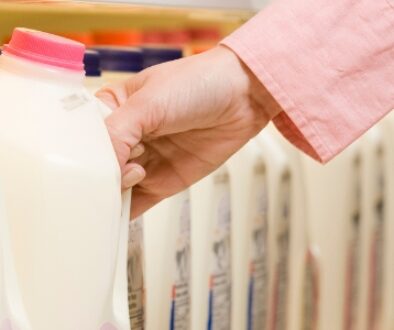International Experts Discuss Key Global Dairy Sector Trends
MADISON, Wis. — A panel of international experts convened Thursday at the 50th annual World Dairy Expo to discuss the unprecedented, complex mix of challenges and opportunities facing dairy industries around the world.
The Global Dairy Symposium
The Global Dairy Symposium — hosted by the Wisconsin Department of Agriculture, Trade and Consumer Protection in collaboration with the University of Wisconsin-River Falls — featured presentations from Sharon Sydow, senior economist with USDA’s Office of the Chief Economist; Thomas Bailey, executive director and senior analyst at the Food & Agribusiness Research and Advisory Group of Rabobank; and Robert M. Erhard, agricultural material specialist, dairy, for Nestlé. U.S. Dairy Export Council President Tom Suber moderated a panel discussion during the session.
Bailey provided an overview of the global dairy market. He notes that six of the seven major dairy exporting regions are seeing their milk supply contract.
The exception is the United States, which still has a growing milk supply.
Bailey notes that U.S. milk production is projected to continue to grow through the next 18 months as low feed costs are helping to boost supply.
Growth in the U.S. milk supply is slowing inching eastward, he adds, and at the current trajectory, Wisconsin is anticipated to become the No. 1 milk-producing state by October 2019.
However, high stocks, particularly for cheese and butter, are pressuring prices, Bailey says.
“Global inventories are also very weighty on prices, but less of a concern,” he adds.
The high value of the U.S. dollar contributes additional pressure, but U.S. dairy exports are beginning to pick back up in spite of these factors, particularly as U.S. dairy prices fall closer in line with global prices, Bailey says.
Sydow notes that according to the latest World Agricultural Supply and Demand Estimates (WASDE) report released last month by USDA, U.S. dairy exports are projected to rebound, while U.S. dairy imports are expected to start decreasing slightly. (For more from last month’s WASDE report, see “High supply leads to lower USDA cheese price forecast” in the Sept. 16, 2016, issue of Cheese Market News.)
The next WASDE report is scheduled for release next week.
Sydow also highlighted the importance of key trade agreements for U.S. dairy. She notes that the United States has become increasingly export-oriented and is well-positioned to respond to increased overseas demand and new market openings through trade agreements, including free trade agreements (FTAs).
The United States is the third-largest dairy exporter in the world behind New Zealand and the European Union, she adds.
“U.S. dairy exports to FTA partners have grown from $476 million in 2000 to $2.8 billion in 2015,” Sydow says.
She adds that, according to USDEC and the National Milk Producers Federation, increased trade from FTAs helped bring an additional $8.3 billion to the U.S. dairy industry over 10 years and contributed to higher U.S. milk prices and incomes during that period.
Many U.S. FTA partners are developing countries, where demand growth is expected to be the strongest, she says, and most U.S. FTAs are with partners in the Western Hemisphere region — Australia, South Korea and Singapore are the only U.S. FTAs in Asia-Pacific region.
Meanwhile, Erhard provided insight into what one international dairy company, Nestlé, is doing to stay relevant in an ever-changing dairy landscape.
As consumers are looking at brands more holistically and technology has transformed the dairy sector, there is opportunity to add value to gain a competitive advantage, Erhard says.
“Consumers will pay more attention to buying products that reflect their own values,” he says.
Trust is a key purchasing driver, and consumers are looking for information on how their food is made, where it comes from and whether companies are implementing sustainable business practices.
Still, one company alone cannot make the difference, and the industry needs to work together on a pre-competitive basis to build trust with consumers with best practices in animal welfare, sustainability, transparency, food safety, traceability and more, Erhard says.
Source: CheeseMarketNews.com




